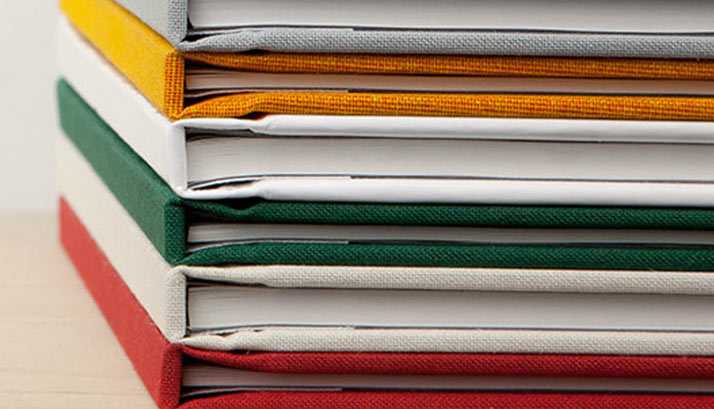
Hardcover sizes vary, from Adorama’s small, 6×4-inch book to large 12-inch square from Adorama, Blurb, and SmileBooks. Adorama printed images inside the front and back covers. SmileBooks left that first page blank, but our order number showed through. The lay-flat photo-paper books by SmileBooks and Adorama also lacked endpapers, but this seems due to the way they’re bound. MyPublisher added attractive vellum sheets. The best? Aperture’s, which were heavy and heather gray.

So we were disappointed that the Snapfish book lacked them altogether.

But beautiful endpapers are the gateway to a beautiful book-cheap (or absent) endpapers seem chintzy. Among books with image-printed covers, only Kodak’s lacks spine text.įew people give much thought to endpapers (the lining of the covers). Dust jackets, on the other hand, usually include spine text. With linen covers, or with Mpix’s sueded paper, forget it. Spine text may also be important to tell you what’s inside that book on your shelf, but not all services and formats afford that option. The least expensive type, in general, is the linen cover with a window cut out to reveal the first page. For a premium, you can get leather covers (we didn’t). Most had more modern-looking image-printed covers Aperture’s service was the only one to offer both simultaneously. If you want a dust jacket, your choices are more limited: Only four of the services allowed them. Mpix offers a “suede” cover that turned out to be a smooth, matte paper rather than the leather (or even sueded cloth) we expected, but it did have elegant, classic foil stamping on the front. Our Mpix book, which we ordered printed on pearl paper, had both a tooth and a slightly metallic, iridescent sheen.Ĭovers, too, present options.

Adorama and Mpix each offer heavy photo paper (Adorama’s is Fuji Crystal Archive), whereas the others use a range of stocks, all with some degree of glossiness. Most companies use just one kind of paper, but some-Blurb and Mpix, among them-give you choices. Photo books seem simple to make, but you’ll face a surprising number of options in choosing a service and creating a book. Read on for tips for making the best book, or check out our table at the bottom to see how each of the 10 services compared. Because we believe that a clean design shows off photographs best, we attempted in all cases to make that kind of book-and were frustrated if we had trouble avoiding graphic-themed backgrounds and cutesy frames and corners. Some had easy software, some had great print quality, others had nice layouts. We sent our staff’s own pictures to 10 of the biggest photo book services, ordering a range of sizes, paper stock, and cover types.
#Shutterfly vs mypublisher software#
There’s plenty of competition for your book business, whether the services are attached to online photo labs, such as Kodak Gallery, or offered by companies such as Blurb that are dedicated to books, or built into your photo software (e.g., Apple’s Aperture). Please note that we orderred our books in the summer of 2010-companies may have revised their products, creation software, and prices since then._ We tried out 10 of the biggest photo book services to give you a taste of what they can do, and gathered our most useful tips and tricks, all to help you create the most impressive volume possible.

_Custom-printed photo books really show off your pictures, and they’re easier than ever to design and make.


 0 kommentar(er)
0 kommentar(er)
